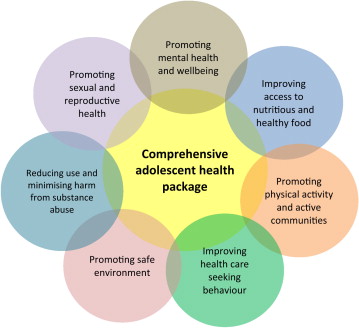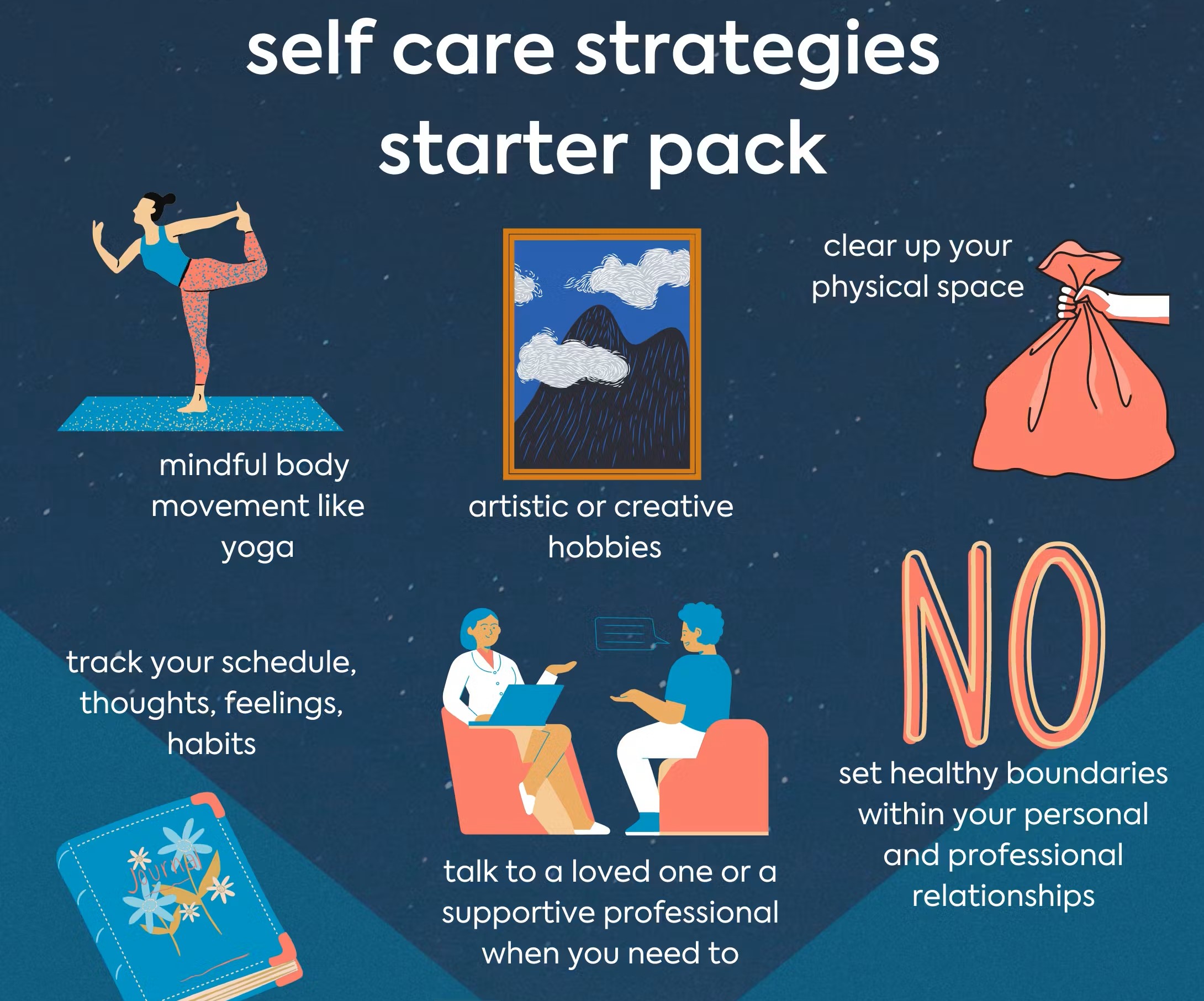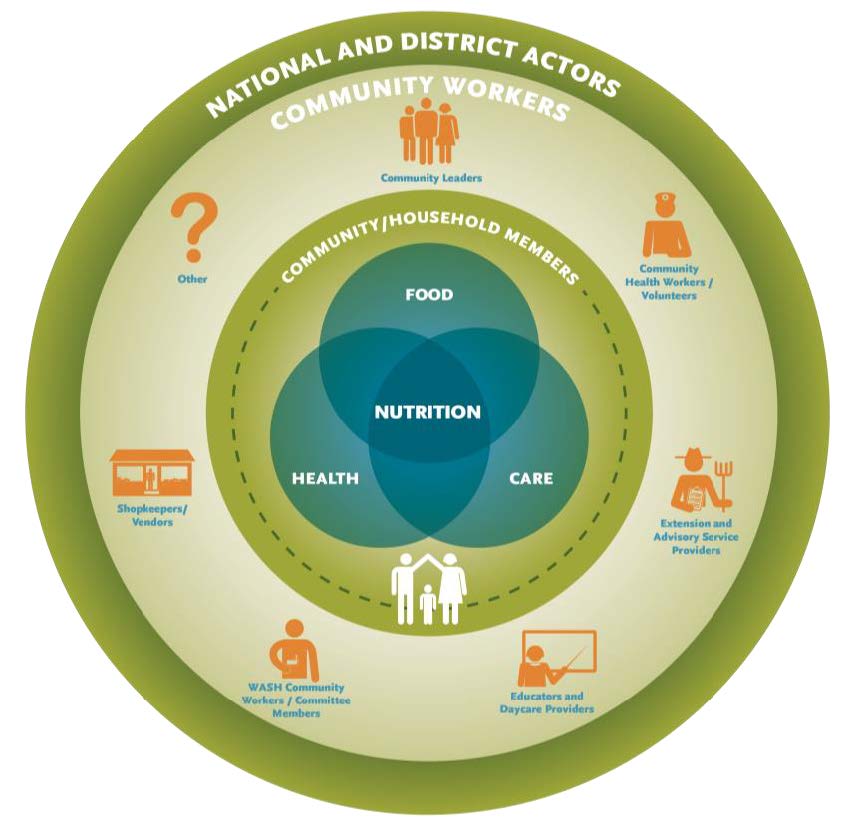Adolescent health strategies, Adolescence is a critical period in a person’s life, characterized by significant physical, emotional, and social changes. It is a time of transition from childhood to adulthood, marked by rapid growth and development. Addressing adolescent health is of paramount importance as it lays the foundation for a healthy and productive adulthood. However, adolescents face numerous health challenges that require attention and targeted strategies.
Understanding Adolescent Health
Adolescence typically spans the ages of 10 to 19 years, although the exact age range may vary. During this period, young individuals undergo various physical, emotional, and social changes. Physically, adolescents experience growth spurts, hormonal changes, and the development of secondary sexual characteristics. These changes can have a significant impact on their overall health and well-being. Additionally, adolescents are more prone to certain health issues compared to other age groups.
Promoting Physical Health
- Encouraging healthy eating habits and proper nutrition: Adolescents need a balanced diet rich in fruits, vegetables, whole grains, lean proteins, and healthy fats. Educating them about the importance of nutrition and providing access to nutritious meals can contribute to their overall well-being.
- Promoting physical activity and regular exercise: Regular physical activity is crucial for adolescents’ physical health and can help prevent chronic diseases. Encouraging participation in sports, physical education classes, and extracurricular activities can promote a healthy and active lifestyle.
Enhancing Mental and Emotional Well-being
- Raising awareness about mental health issues and reducing stigma: Adolescents often face challenges related to their mental and emotional well-being. Raising awareness about mental health, promoting open discussions, and reducing stigma can encourage adolescents to seek help when needed.
- Providing access to mental health services and counseling: Accessible and affordable mental health services, including counseling and therapy, can provide adolescents with the support they need to cope with stress, anxiety, and other mental health issues.
Educating on Sexual and Reproductive Health
- Comprehensive sex education and reproductive health knowledge: Adolescents require comprehensive and age-appropriate sex education that covers topics such as sexual consent, contraception, STI prevention, and healthy relationships. This knowledge empowers them to make informed decisions about their sexual and reproductive health.
- Access to contraceptives and safe sexual practices: Ensuring access to contraception methods and promoting safe sexual practices can prevent unintended pregnancies and reduce the risk of STIs among sexually active adolescents.
Creating Supportive Environments
Adolescents thrive in environments that foster their growth, provide support, and allow them to express themselves freely. Creating supportive environments for adolescents is crucial in promoting their overall health and well-being. Here are some key strategies to achieve this:
- Establishing safe spaces for adolescents to express themselves and seek help: Adolescents need safe and non-judgmental spaces where they can openly express their thoughts, feelings, and concerns. Schools, community centers, and youth organizations can create such environments by implementing peer support programs.
- Fostering positive relationships with family, friends, and the community: Positive relationships play a significant role in adolescent development. Encouraging healthy communication, mutual respect, and support within families, as well as promoting positive peer relationships, can contribute to the emotional well-being of adolescents.
Leveraging Technology and Innovation
In today’s digital age, technology and innovation offer powerful tools to support adolescent health. Here are some ways to leverage technology for the benefit of adolescents:
- Utilizing digital platforms for health education and awareness campaigns: Online platforms, social media, and interactive websites can disseminate accurate information on various health topics, including mental health, sexual health, nutrition, and substance abuse.
- Developing mobile applications for health monitoring and information access: Mobile applications can provide adolescents with personalized health information, track their physical activity, monitor their mental well-being, and provide reminders for medication or healthcare appointments.
Policy and Advocacy for Adolescent Health
Policy changes and advocacy efforts are instrumental in prioritizing adolescent health. Here are key strategies in this domain:
- Advocating for policies that prioritize adolescent health and well-being: Activism and advocacy play a crucial role in bringing attention to adolescent health issues. By raising awareness, engaging policymakers, and mobilizing communities.
- Strengthening laws related to child protection, mental health, and reproductive rights: Legislative measures are essential for protecting the rights and well-being of adolescents. Laws that address child protection, mental health services, reproductive rights, and access to healthcare can significantly impact adolescent health outcomes.
Case Studies and Success Stories
Highlighting successful initiatives and programs that address adolescent health is essential for inspiring others and demonstrating the impact of these strategies. Real-life examples can illustrate how various approaches have improved adolescent health outcomes. Sharing personal stories and testimonials from adolescents who have benefited from these initiatives can further highlight the positive impact and encourage others to seek support. Examining the impact of these strategies on individual and community levels is also crucial.
Conclusion
Promoting adolescent health requires a multifaceted approach that encompasses creating supportive environments, leveraging technology and innovation, and advocating for policy changes. By establishing safe spaces, fostering positive relationships, promoting inclusion, and utilizing digital tools, we can better support adolescents in their journey toward a healthy adulthood. Policy changes and advocacy efforts are essential to prioritize adolescent health and allocate resources to implement effective programs. By highlighting successful initiatives and examining their impact, we can inspire others to take action and invest in the well-being of the younger generation. Ultimately, prioritizing adolescent health yields long-term benefits for individuals, communities, and society as a whole. more details




